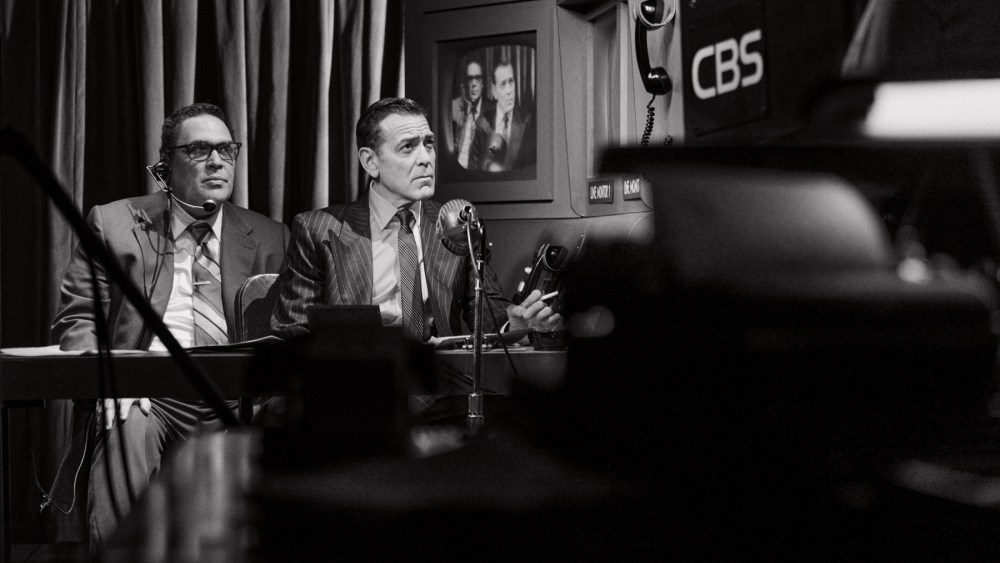Stage Adaptation of Good Night, and Good Luck: A Captivating Narrative
The stage adaptation of the critically acclaimed film Good Night, and Good Luck, originally released in 2005, serves as a powerful reminder of the challenges faced by journalists during a turbulent period in American history. With its focus on Edward R. Murrow’s commendable reporting against Senator Joseph R. McCarthy’s anti-communist initiatives in 1953, this adaptation maintains a dramatic and engaging tone that resonates deeply with audiences today.
George Clooney’s Dual Role in the Production
George Clooney excels in his portrayal of Fred Friendly, a television producer and Murrow’s collaborator. Clooney, who directed the film and co-wrote the Academy Award-nominated screenplay with Grant Heslov, infuses the stage rendition with a renewed energy and perspective. His involvement not only brings star power to the production but also reflects his profound understanding of the character and the historical context.
A Tense and Focused Narrative
Staying true to the heavy subject matter, Clooney and Heslov’s script is intense and concise, unfolding within a brisk 100-minute timeline. The narrative weaves in personal elements, such as office romance and the somber loss of a colleague, without straying from the central theme of journalistic integrity amidst political pressure.
Authentic Representation of Historical Events
The play is told through factual accounts and real broadcasts, grounding the audience in the realities faced by journalists of that era. It highlights key moments, such as Murrow’s pivotal broadcast that challenged McCarthy’s tactics, showcasing the critical role that media played in shaping the public’s perception of political affairs.
Director David Cromer’s Vision
Under the direction of David Cromer, the stage adaptation opts for a raw, verite-style presentation that pulls the audience into the narrative. The newsroom setting, characterized by a striking monochromatic design, creates an immersive environment that emphasizes the gritty details of early television journalism.
Strong Ensemble and Cultural Atmosphere
The ensemble cast, predominantly male and comprised of talented actors, delivers robust performances that enhance the production’s authenticity. Notable performances include those of Glenn Fleshler as Friendly and Paul Gross as William F. Paley, enhancing the portrayal of the dynamics within CBS during this critical time.
The period atmosphere is further enriched by elements such as jazz music and stylized visuals that reflect the era’s essence, including nostalgic 1950s commercials that resonate with viewers.
Complexities of Journalism Explored
The script boldly addresses the nuances of journalism, illustrating that the narrative surrounding communism was not merely black and white. It acknowledges the genuine fears that pervaded American society during this period while critically examining Murrow’s bias in calling McCarthy the “Wisconsin junior senator.”
A Cautionary Tale for Modern Audiences
Despite the familiarity of its historical themes, the play remains a vital cautionary tale for contemporary audiences regarding the implications of media representation. Ticket prices, climbing as high as $777 for premium seating, may limit accessibility to younger viewers, which is a consideration in engaging the next generation.
Conclusion: A Powerful Reflection on Media’s Role
The production culminates powerfully with a montage showcasing Murrow’s iconic 1958 broadcast warning about the impact of mass media, leaving a lasting impression on the audience. This adaptation of Good Night, and Good Luck serves not only as entertainment but also as a poignant reminder of the importance of journalistic integrity in a democratic society.


